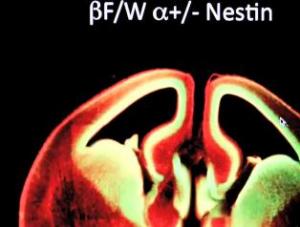On Nov. 27, 2008, Indian police interrogators
came face to face with the only gunman captured alive in last year's bloody Mumbai terror attacks. They were surprised
by what they saw. Ajmal Kasab, who had murdered dozens in the city's main railway station, stood barely 5 feet tall, with bright eyes and apple cheeks. His boyish looks earned him a nickname among Indians -
"the baby-faced killer" - and further spooked a rattled public. "Who or what is he? Dangerous fanatic or exploited innocent?"
wondered a horrified columnist in the
Times of India. No one, it seems, had expected the face of terror to look so sweet.
The notion that a man's mug reveals his character is an age-old bias. Since Aristotle, people have thought it possible to infer personality traits from the face and body, an art known as physiognomy. The practice grew popular in the years after the American Revolution, when a Swiss enthusiast published a series of illustrated pocket guides to help readers interpret faces on the go. Soon, it was plain to everyone that a man's greatness was prefigured in his face. (George Washington's big schnoz, for example, signaled strength and foresight.) Over the next 150 years, a gang of enterprising physiognomists set about using the new "science" to identify society's bad apples, too.
In the late 19th century, the Italian criminologist Cesare Lombroso ran autopsies on convicts and cataloged features that might identify "born criminals," such as jug ears and overdeveloped canines. In the 1930s, Harvard's Earnest Hooton examined 14,000 prisoners and
observed that first-degree murderers tended to have straight hair, while the hair of second-degree murderers was unusually golden. A few years later, Columbia psychologist William Sheldon studied delinquent youth and invented a human taxonomy consisting of three types - ectomorphs (thin-faced, skinny, brainy), mesomorphs (broad-faced, muscular, aggressive), and endomorphs (round-faced, fat, sociable). He further divided these groups into 88 subtypes named after animals, such as the Herons (very often Phi Beta Kappas, he wrote) and the Foxes and Coyotes (Jesus Christ's type, per Sheldon). Overall, he concluded that the meaty-faced mesomorphs were most prone to criminality.

